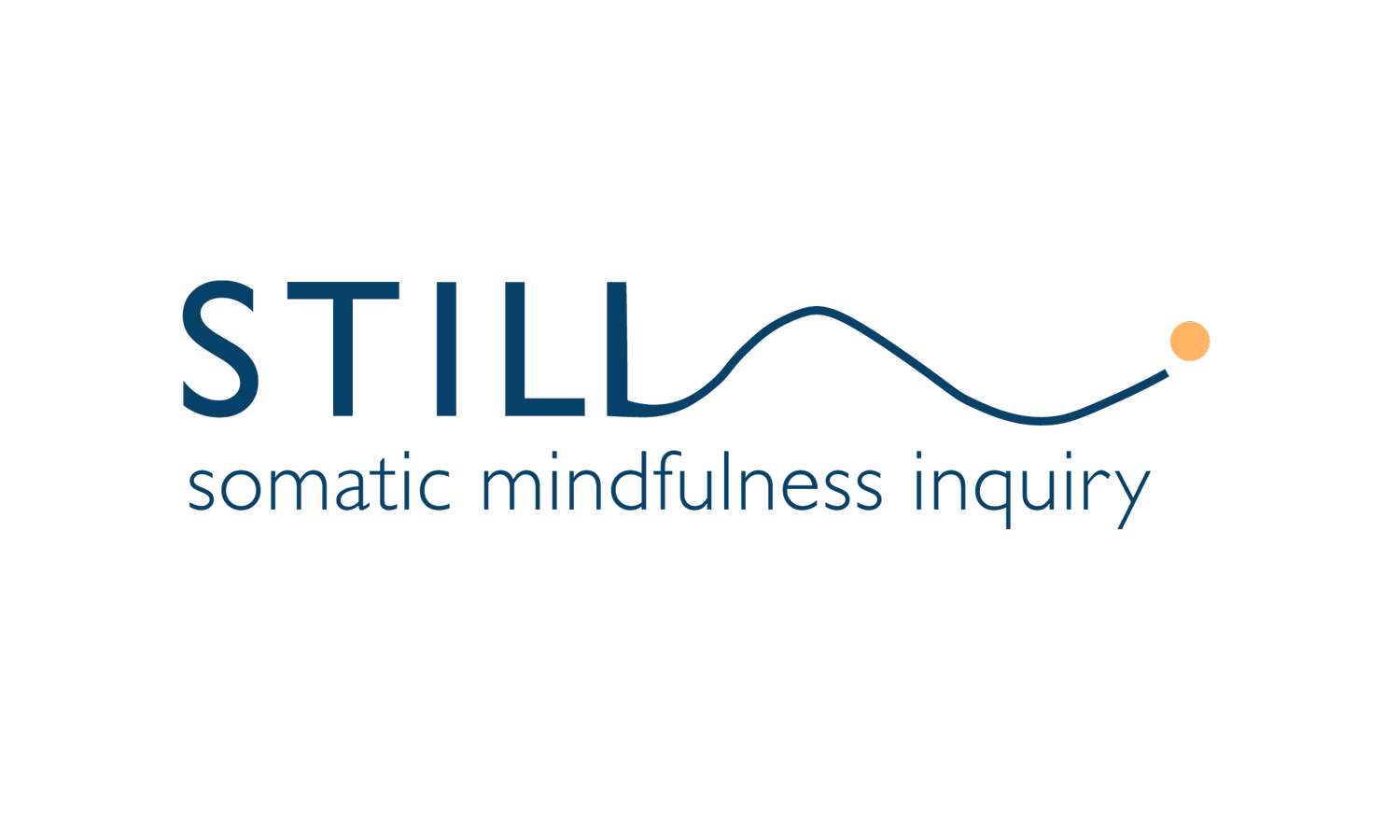How The Polyvagal System Works
As described by Stephen Porges, PhD:
There are two components to the polyvagal system that controls the nervous system. Both communicate between the brain and body with 80% of the nerve fibers being sensory (bringing info from body to brain).
The older vagus nerve is in the gut and works with activating the sympathetic nervous system for our survival.
The newer myelinated vagus nerve is above the diaphragm and works with social connection through facial muscles, breathing and heart. It down-regulates sympathetic nervous system arousal.
Trauma disrupts the connection between the brain and body. It impairs our ability to read social cues from facial expressions. We can’t tell if a situation is safe or not so we become hypervigilant and over-protect.
Connection with other people is essential to help regulate our system. We have a biological imperative to connect with other human beings and lack of connection is experienced as a threat.
Our body reacts in a way most likely to keep us alive. Knowing this may help reduce shame around dysfunctional strategies we’ve used. I often see relief on people’s faces when I affirm what they are experiencing is a common and understandable mechanism of protection, not something wrong with them.
Our culture may say ‘it’s bad’ and we say ‘I’m bad’.
By understanding our neurobiological adaptive reactions we can see the advantage/ purpose of them. Evaluate your strategies to see if they’re still appropriate or effective. Understanding how the system works, we can develop strategies to feel safer.
